Since a temporary bridge still has to deal with the same forces as a normal bridge (minus 100 year storm design requirements etc Id guess) how underbuilt or different than a permanent bridge are they? Or do they still have to be able to withstand the same things.
What exactly makes them temporary, are they just designed to be able to disassemble fast? This looks pretty sturdy. Are there examples of temp bridges they just left as the regular bridge? This thing looks 10x sturdier than the bridge being replaced.
My guess is that the 2 main differences are 1. theyre ugly (function over form, exposed utilities etc), and 2. theyre designed to be disassembled easily, how close is this?
The replacement bridge looks fine and is a nice complement to the Zakim. How realistic is it though that trees will be planted on it?


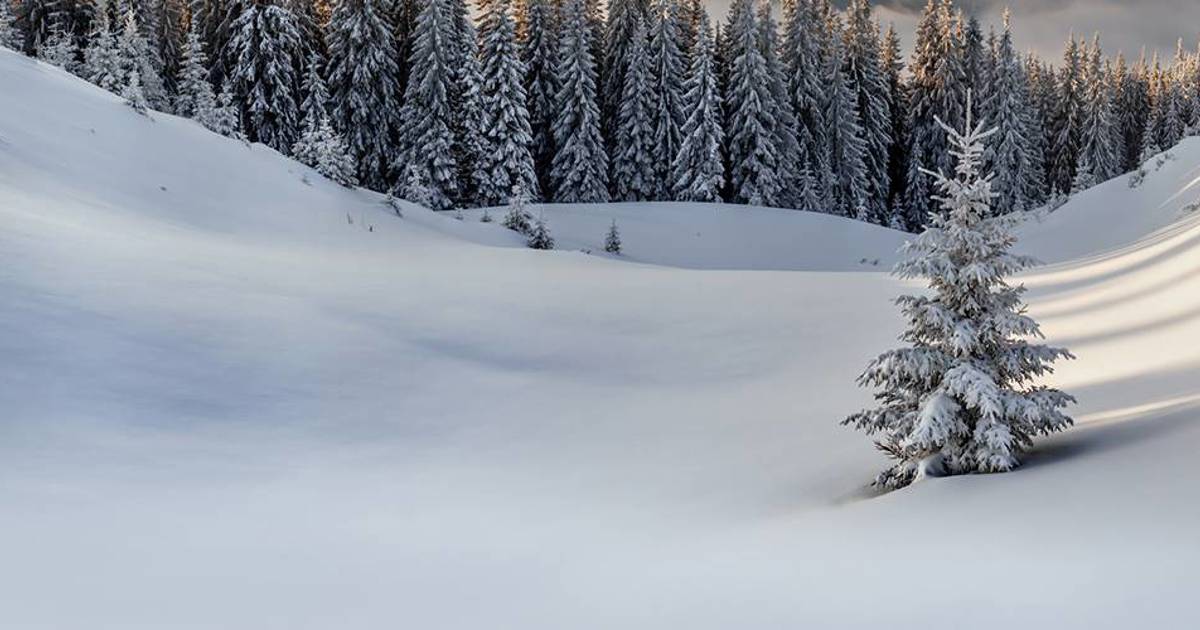

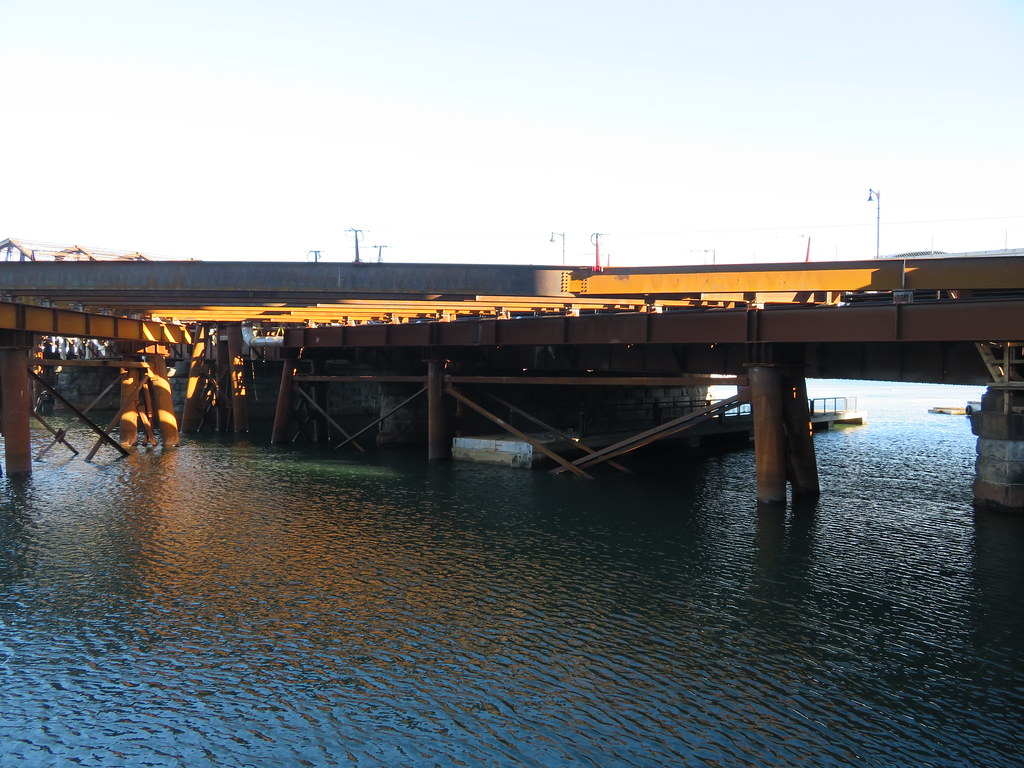 IMG_6628
IMG_6628 IMG_6632
IMG_6632 IMG_6649
IMG_6649 IMG_6645
IMG_6645 IMG_8530
IMG_8530 IMG_8532
IMG_8532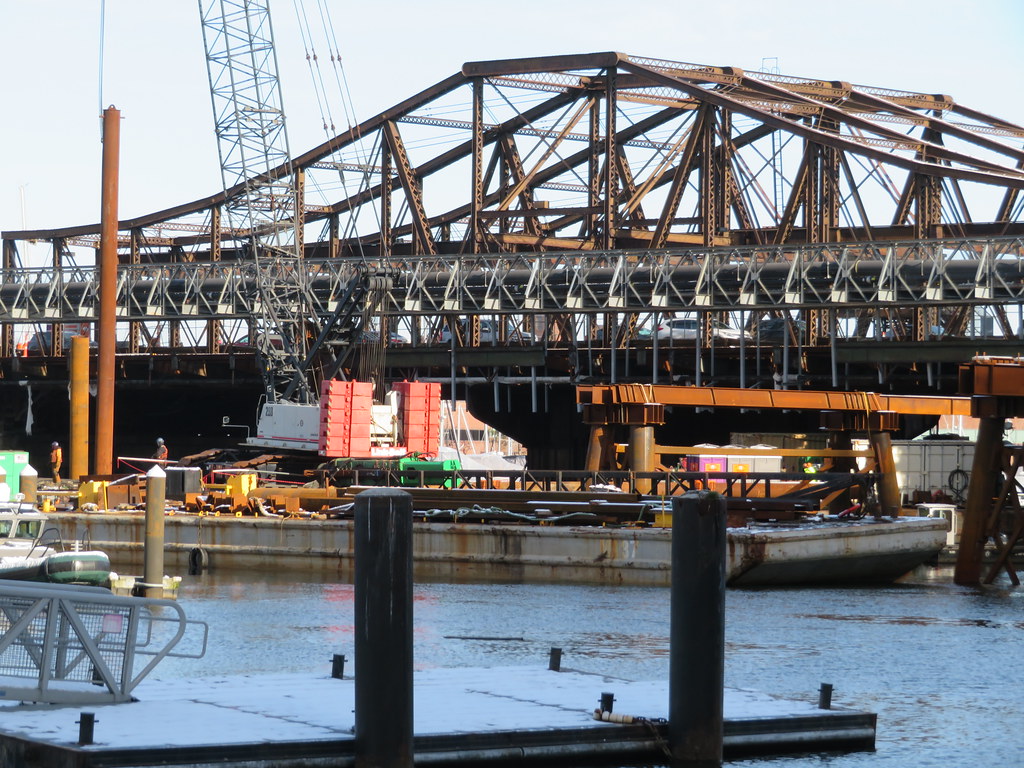 IMG_8537
IMG_8537 IMG_8544
IMG_8544 IMG_8546
IMG_8546 IMG_8545
IMG_8545 IMG_8551
IMG_8551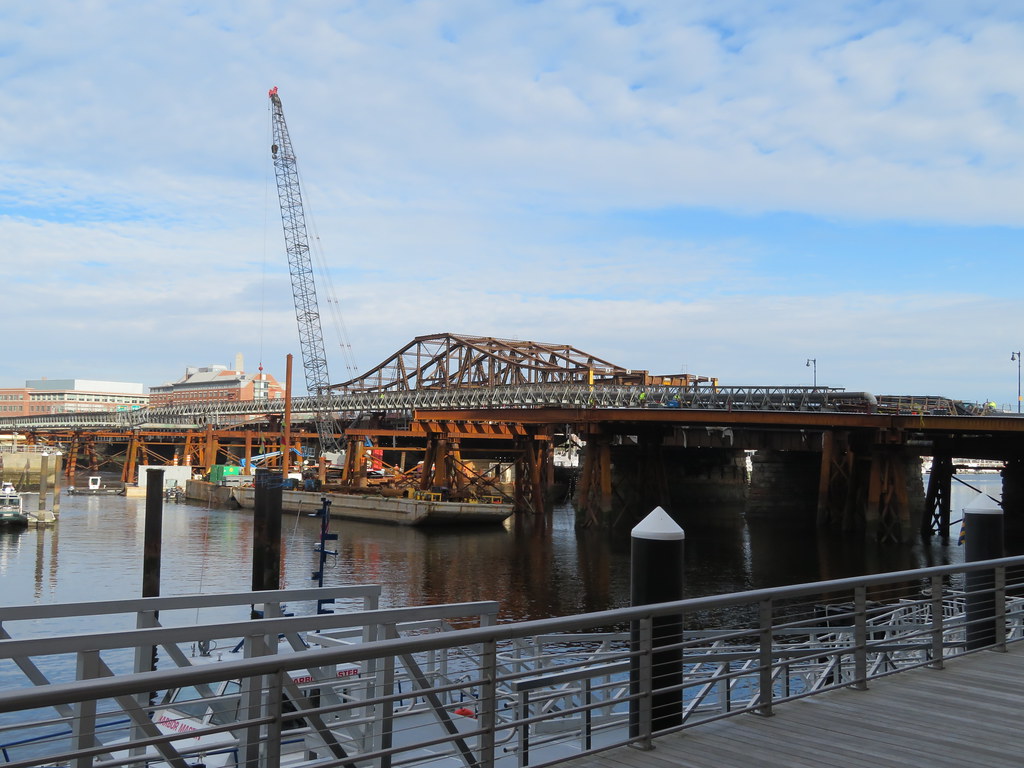 IMG_0063
IMG_0063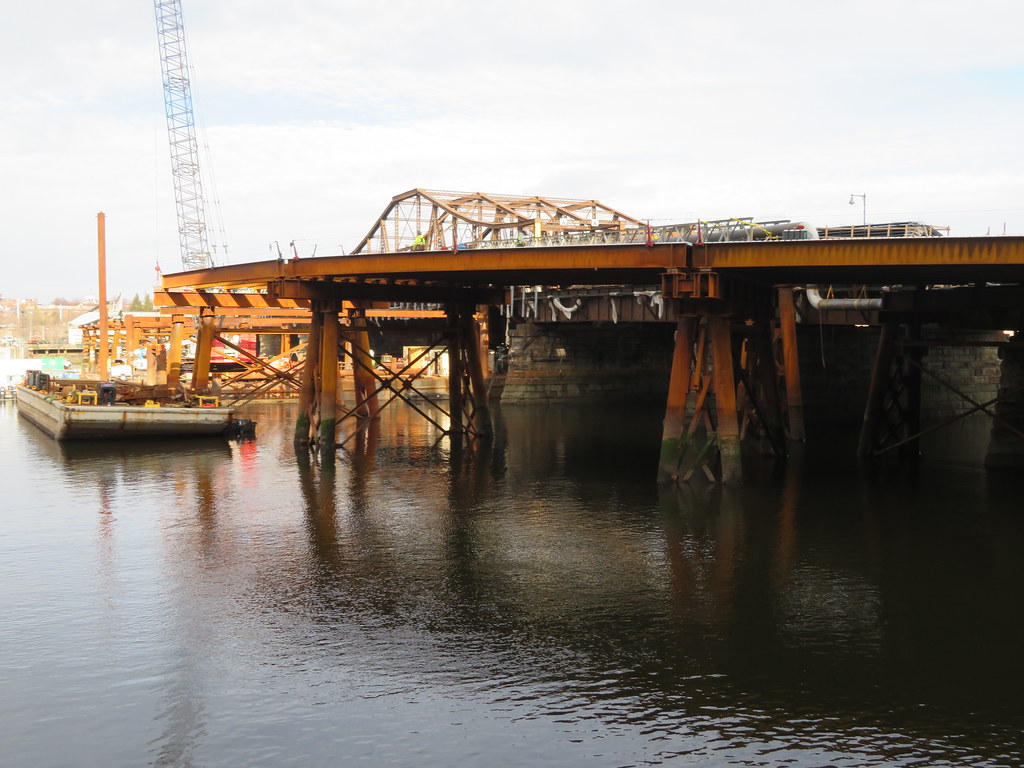 IMG_0064
IMG_0064 IMG_0065
IMG_0065 IMG_0066
IMG_0066
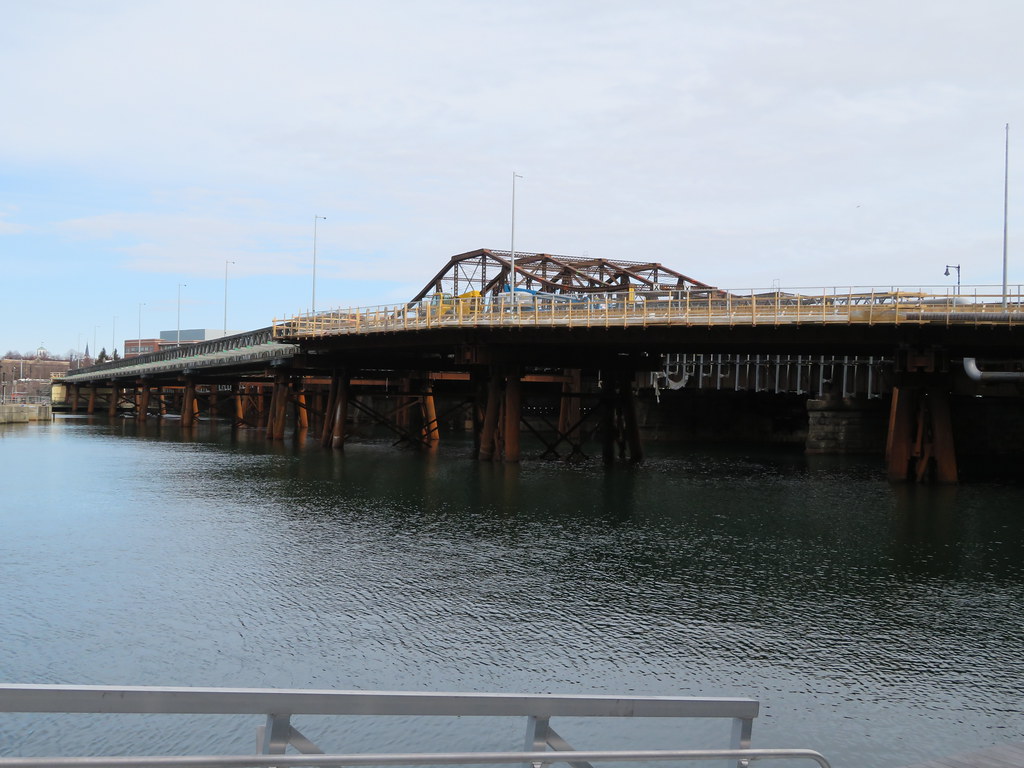 IMG_1193
IMG_1193 IMG_1199
IMG_1199 IMG_1196
IMG_1196 IMG_1195
IMG_1195 IMG_1465
IMG_1465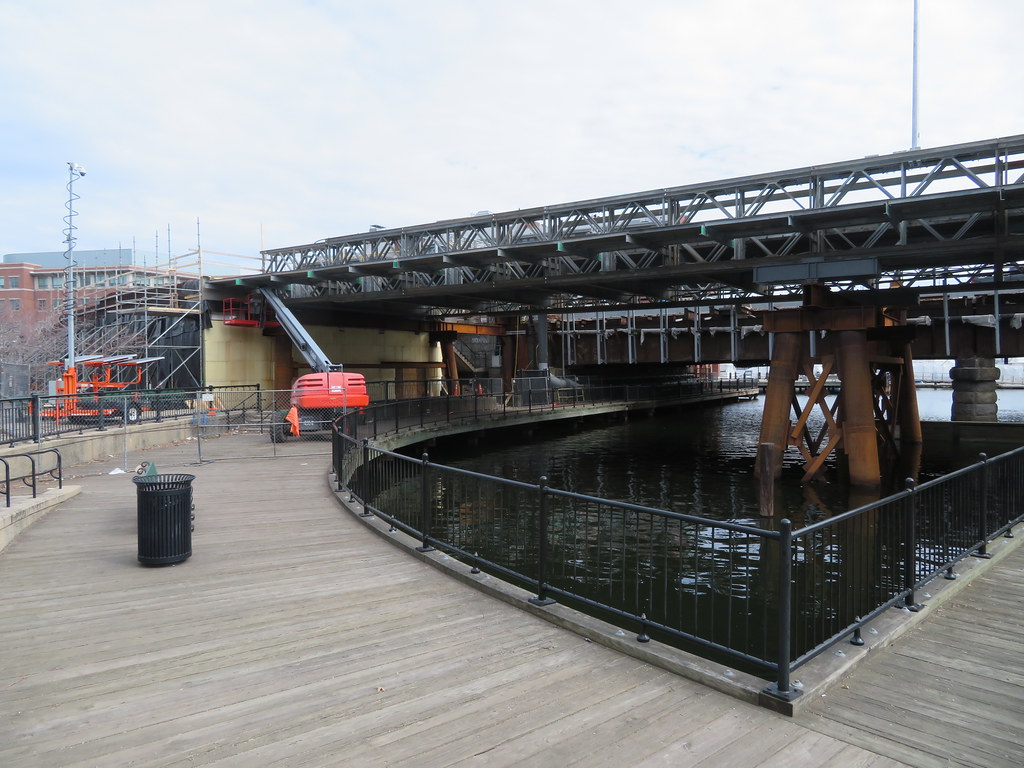 IMG_1467
IMG_1467 IMG_1468
IMG_1468 IMG_1469
IMG_1469 IMG_1472
IMG_1472 IMG_1473
IMG_1473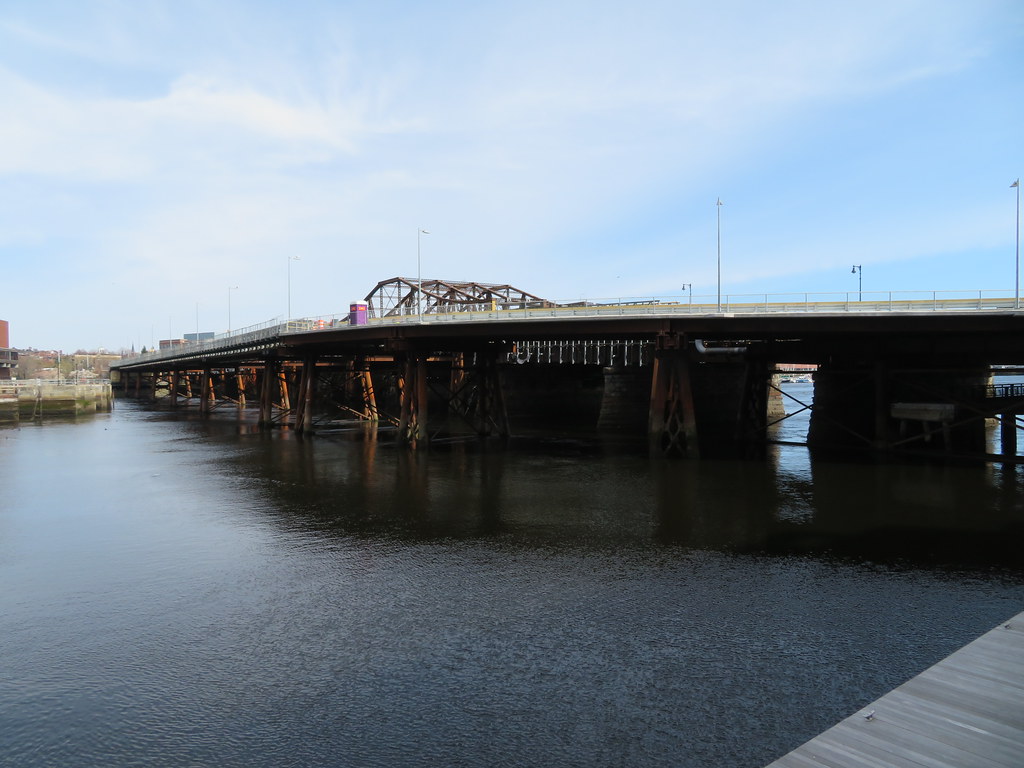 IMG_3356
IMG_3356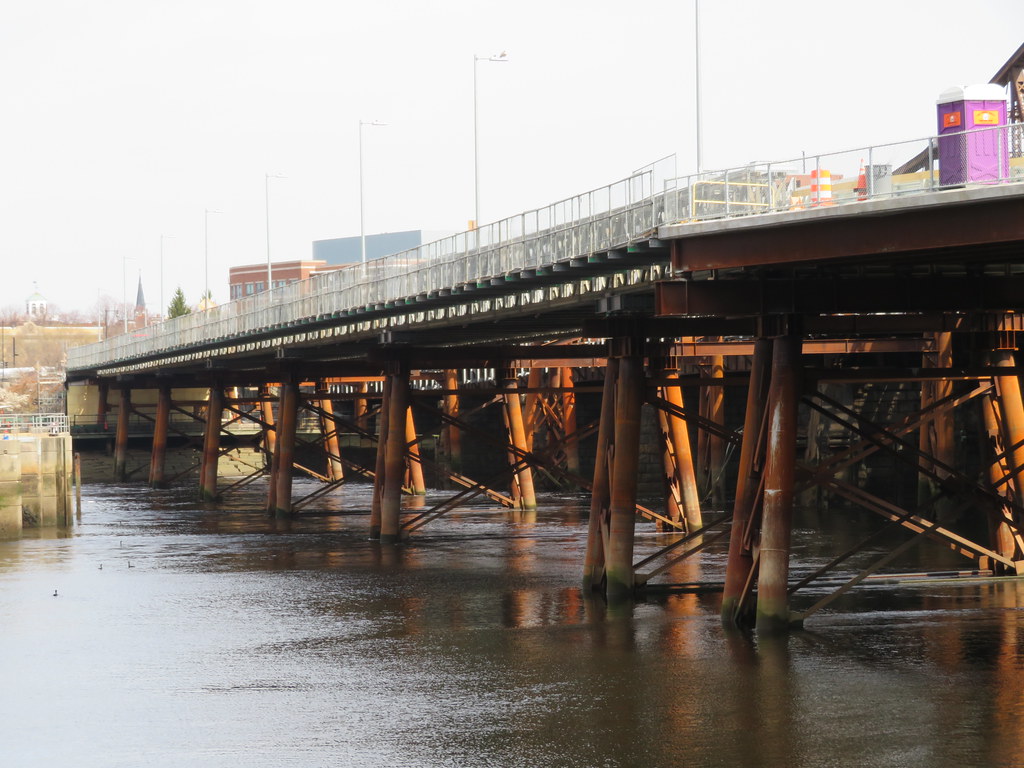 IMG_3357
IMG_3357 IMG_3361
IMG_3361 IMG_3358
IMG_3358 IMG_3381
IMG_3381 IMG_3382
IMG_3382 IMG_3385
IMG_3385